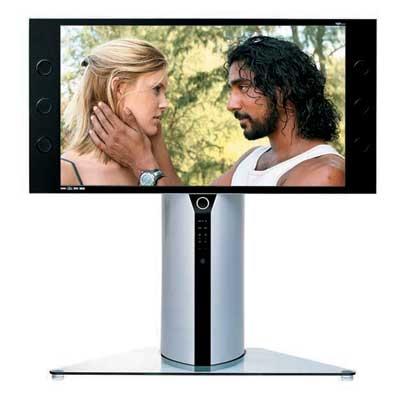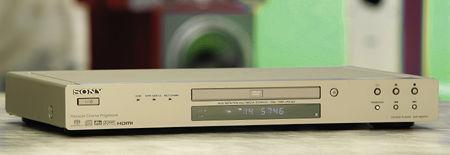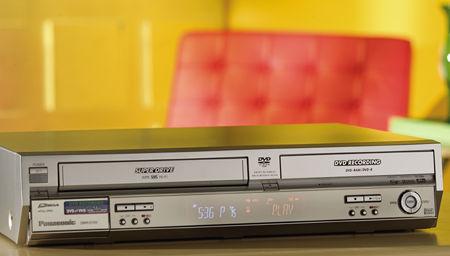LATEST ADDITIONS
|
May 01, 2005 |
First Published: May 17, 2005
|
May 01, 2005 |
First Published: May 17, 2005
|
May 01, 2005 |
First Published: May 17, 2005
|
May 01, 2005 |
First Published: May 17, 2005
|
May 01, 2005 |
First Published: May 17, 2005
|
May 01, 2005 |
First Published: May 17, 2005












